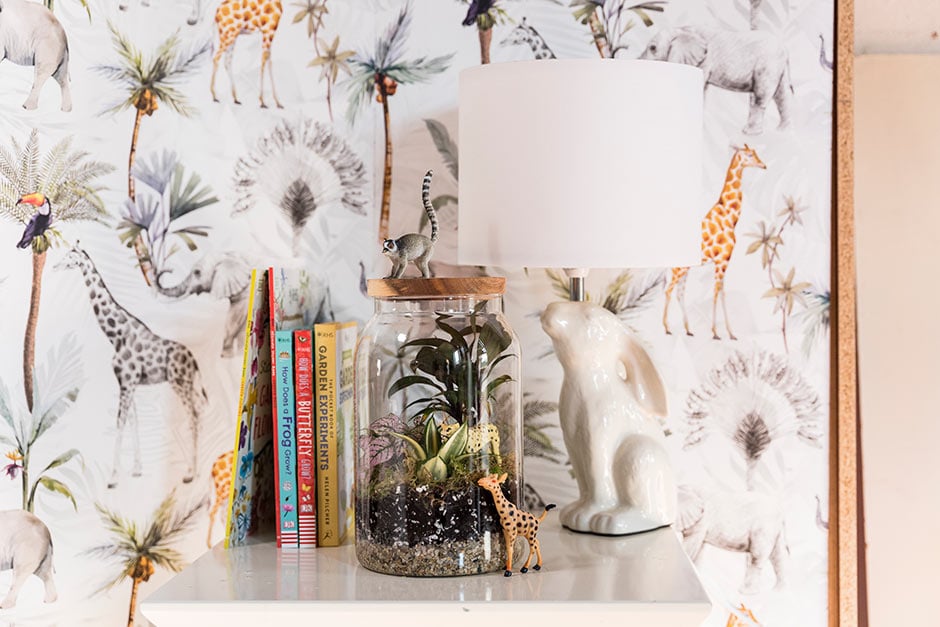How to grow food from pips and peelings
Learn how to grow plants from fruit pips and vegetable peelings
Making brand new plants from leftover scraps is a rewarding activity that turns waste into plants and food. It costs little and all you need is a sunny windowsill to check on the plants’ progress. It’s a perfect project for children because it teaches an important lesson that leftovers can be put to good use. Make sure to supervise or assist where needed.
1. Brassica bottoms
2. Avocado seeds
These large seeds germinate readily and make interesting houseplants. Dry and pierce a cleaned seed with three or four cocktail sticks, about halfway up. Fill a jam jar to just below the rim with water. Now rest the sticks on the top, so the rounded seed bottom is suspended in water. Keep it topped up so the base of the seed remains wet. Eventually, the seed will split as roots and shoots emerge (this can take up to eight weeks). Once the plant has several leaves, remove the sticks and plant it half-buried in a pot of peat-free compost. Remember to water regularly.
3. Carrot tops
These produce leaves rather like parsley for garnishing dishes or nibbling as a healthy snack. The fine and feathery foliage is also a sensory experience for small hands. If the carrot already has leaves, trim them off. Next, remove the top 2-3cm of your carrot. Plant this shallowly (top uppermost) in a pot of peat-free compost.
4. Pineapple tops
Incredibly you can grow a pineapple plant (a type of bromeliad) from the leafy fruit top. With enough warmth and light it can even bear fruit. Remove the top leafy growth from your pineapple" cutting through the fruit about 2-3cm below where the leaves join it. Leave to dry on a plate for 24 hours, then plant the fleshy base in peat-free compost. Leaf tips may go brown while roots are developing, but these can be trimmed off. Grow on a warm, sunny windowsill.
5. Citrus pips
Orange, lemon, lime and grapefruit pips will grow to become small evergreen bushes. Peel and remove seeds from the fruit segments. Sow straight away in pots of peat-free



